The attractive lady in this exquisite portrait has traditionally been identified as Sarah Churchill, Duchess of Marlborough; she was a renowned beauty and prominent figure at the Courts of King William and Queen Mary and later Queen Anne. A highly respected women among the upper echelons of English aristocratic society.
Born Sarah Jennings in 1660, she later married the general John Churchill, 1st Duke of Marlborough in 1677-78. As a child, Sarah formed a close friendship with the Princess Anne (the future queen of Great Britain) and entered the household of Anne’s father, the Duke of York (the future James II) in 1673. Sarah was devoted to the Princess Anne, who came to depend upon her; they addressed each other as Mrs. Morley and Mrs. Freeman; and, upon Anne’s marriage in 1683, Sarah became one of the ladies of the bedchamber. Eventually the friendship faded and they never met again. Sarah died in London in 1722.
Our portrait typifies Dahl’s eloquent depiction of aristocratic women and is a fine example of his sophisticated and unassuming style. It is typical of the formula used by Dahl for head-and-shoulder images of women. The Duchess is presented against a stark background, extravagant lighting casting a prominent shadow to one side. The curve of her neck, the elegant turn of her head, and the lively handling of drapery, are characteristic of Dahl’s work. He also used the green, pink, and white colour combination for his draperies as seen here, especially in the 1690s and early 1700s. The fresh, emerald green of the gown provides a strong decorative contrast with her white frilled chemise. Once Dahl found a formula that suited him, he clearly did not hesitate to use it often.
The stylistic appearance of the portrait and the coiffure suggest a later 1690s dating – which is also the most likely date that Dahl painted his notorious set of ‘beauties’ at Petworth House. At this time Dahl had a broad range of patrons including members of the royal family, the nobility and prominent court office-holders, as well as London professionals and gentry families.
The portrait is a fine example of Dahl's manner at a time when he was in direct competition with the preeminent painter Sir Godfrey Kneller (1646-1723), and it demonstrates that he was capable of outperforming Kneller.
Michael Dahl (1659-1743) was a painter of exceptional talent. Born in Stockholm he studied with David Ehrenstrahl, the leading Swedish portrait painter of his day. Dahl came to London in 1682 where he became acquainted with Godfrey Kneller and in 1685 he left for Europe before returning to London in 1689 where he remained. However During Dahl's absence, Kneller was able to consolidate his supremacy as the fashionable portrait painter, although the prolific Dahl was his closest competitor. Dahl’s female portraits are distinctly different with better drawing for the heads and a more elegant and straightforward portrait without the excessive use of props and other distracting elements often seen in Kneller’s portraits.
In 1698 Dahl was offered the position of painter to the court of the Swedish King, Charles XII, but preferred to stay and settle permanently in London. A number of Dahl’s compatriots saw England as being relatively stable and prosperous compared to many European countries, and more welcoming than France, for example, of the Lutheran faith then prevalent in Sweden. There, he established an independent studio and by 1700 became the most successful painter in England, second only to Godfrey Kneller. His Scandinavian origins ensured patronage from Prince George of Denmark, and Queen Anne and members of the English court (Kneller supported the ascendant Whigs, while Dahl was a Tory). in 1712 he charged £50 for a full length.
The death of Kneller in 1723 left Dahl the principal London portraitist. He died in London in 1743 leaving two daughters (his only son, also a painter, died about three years earlier). His work is represented in many British country houses and private collections, and in many preeminent museums around the world.
Provenance: Private collection Austria
Measurements: Height 73cm, Width 60cm, Depth 8cm framed (Height 28.75”, Width 23.75”, Depth 3.25” framed)



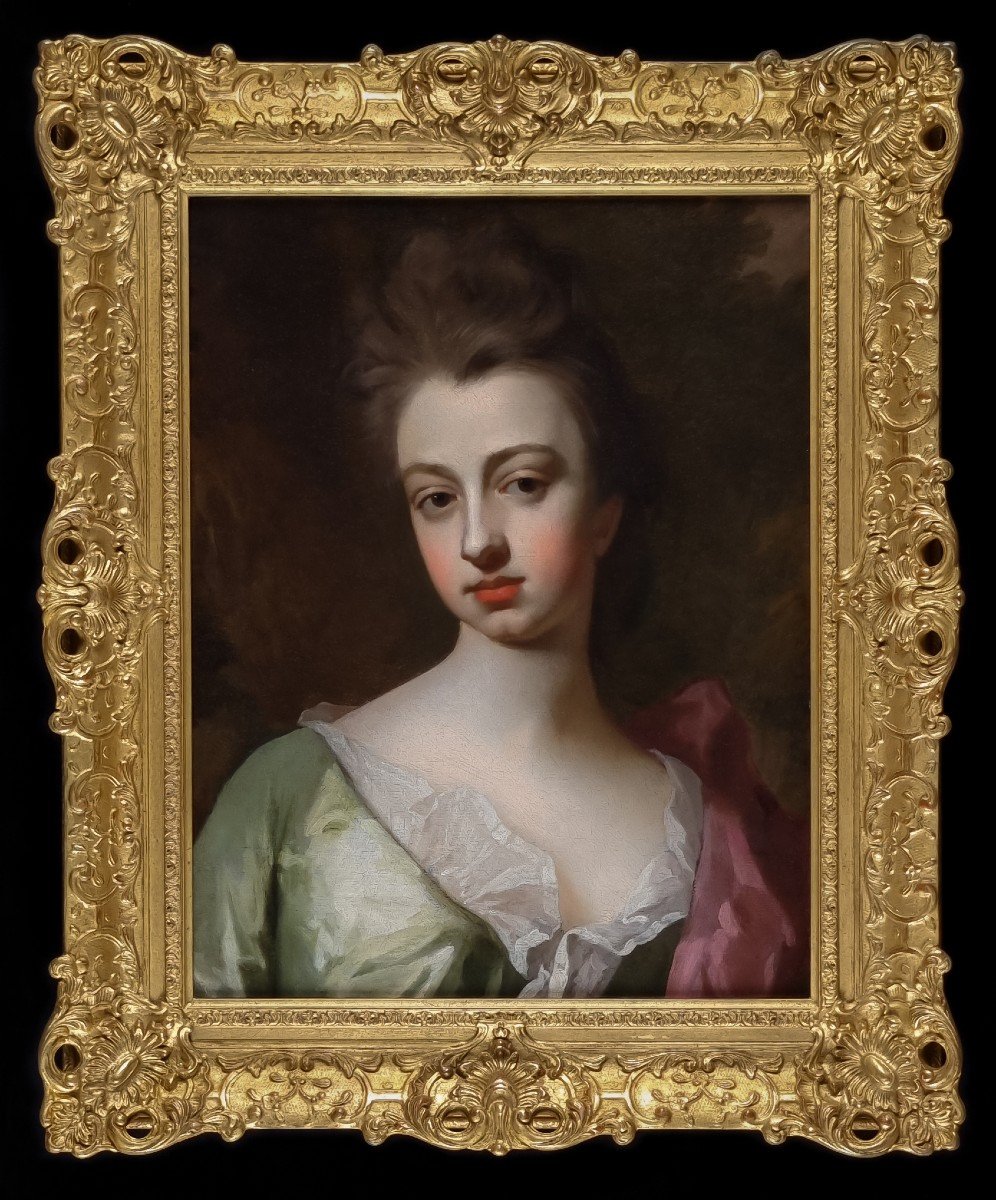
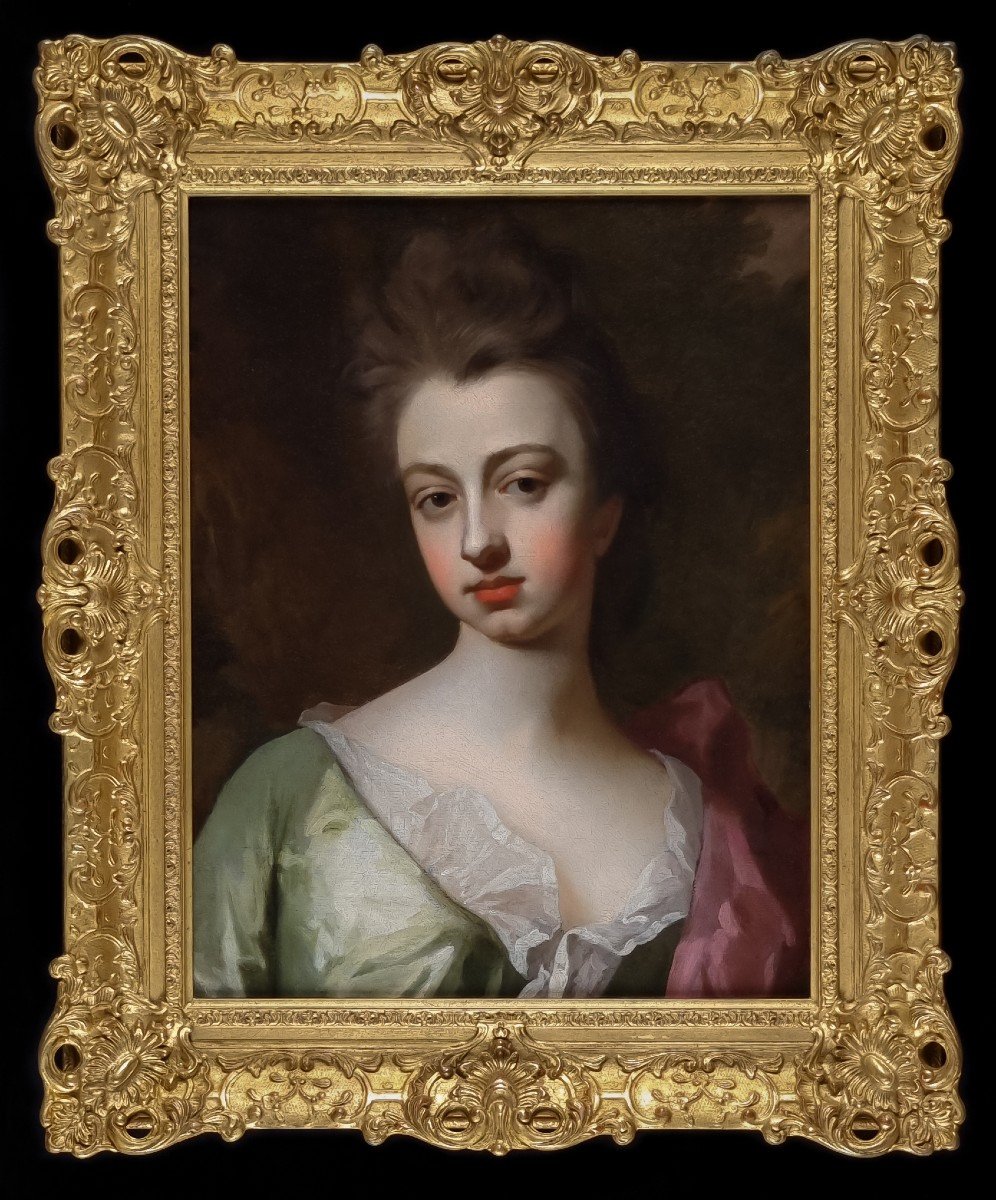

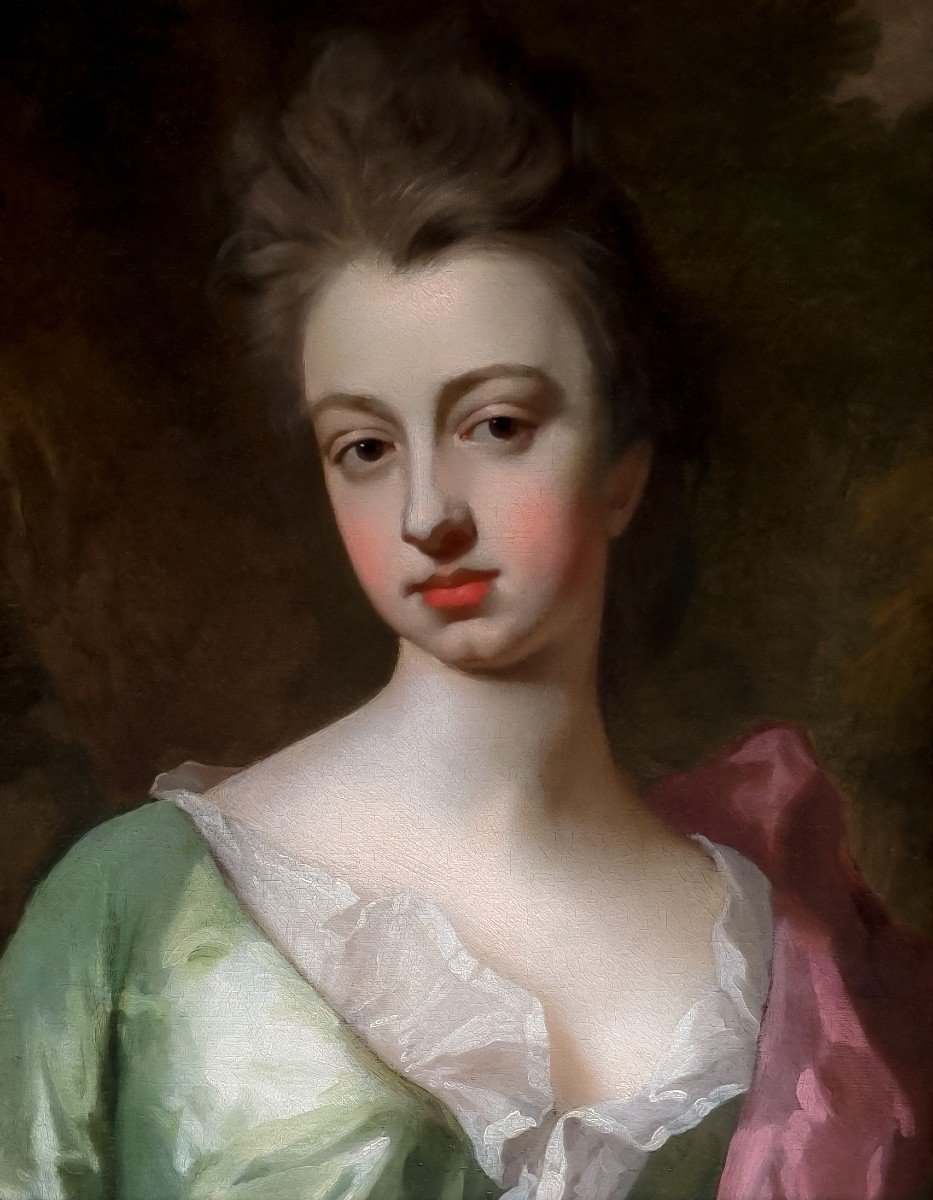

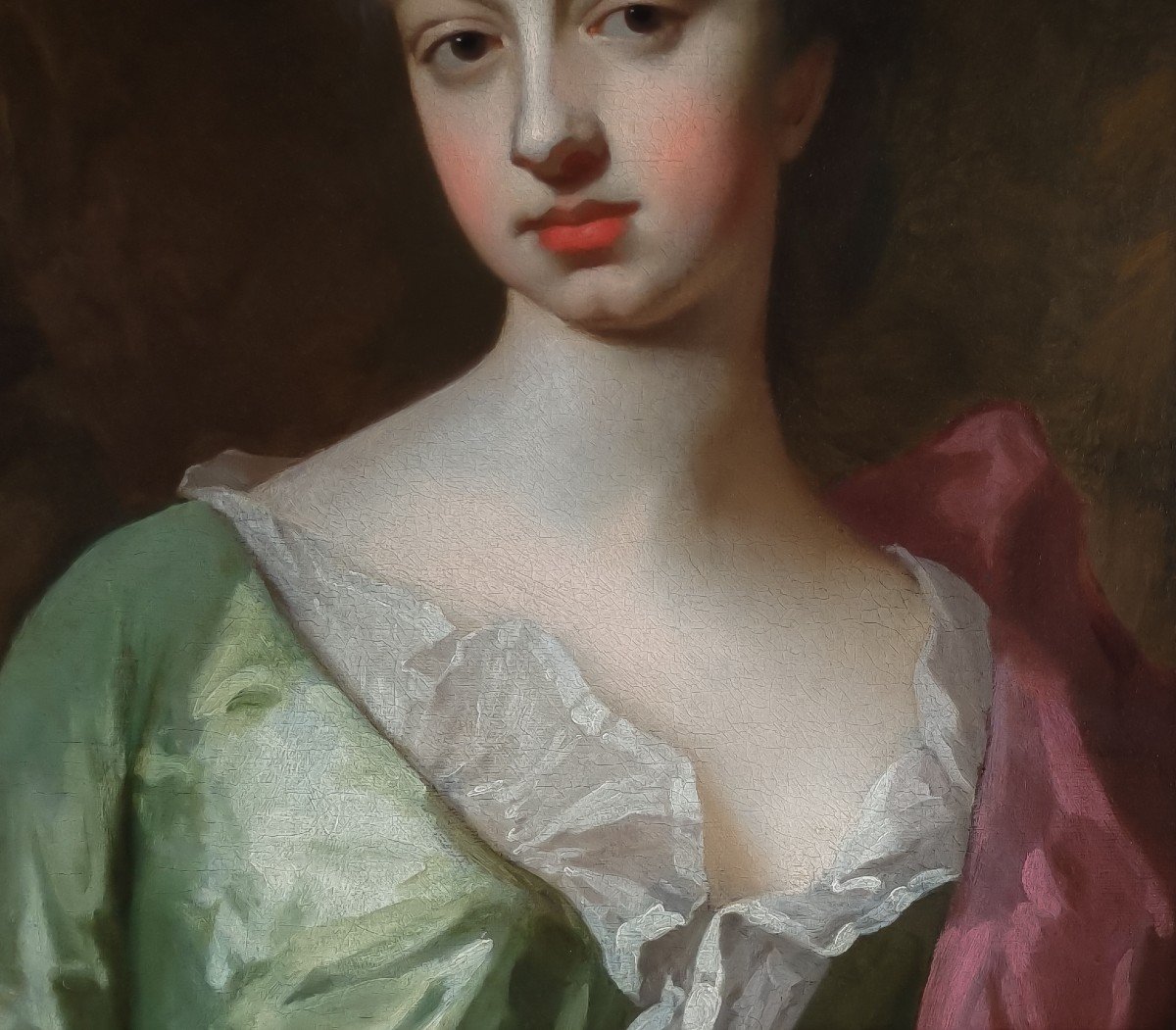




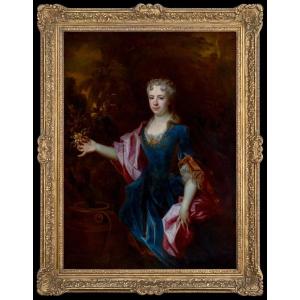






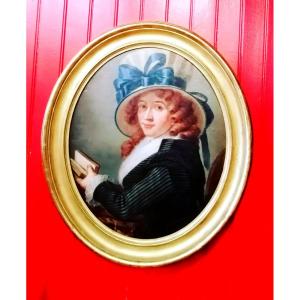

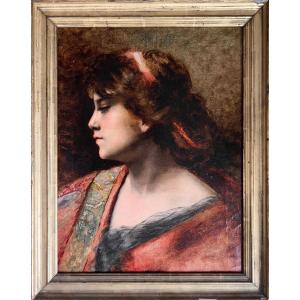



 Le Magazine de PROANTIC
Le Magazine de PROANTIC TRÉSORS Magazine
TRÉSORS Magazine Rivista Artiquariato
Rivista Artiquariato
